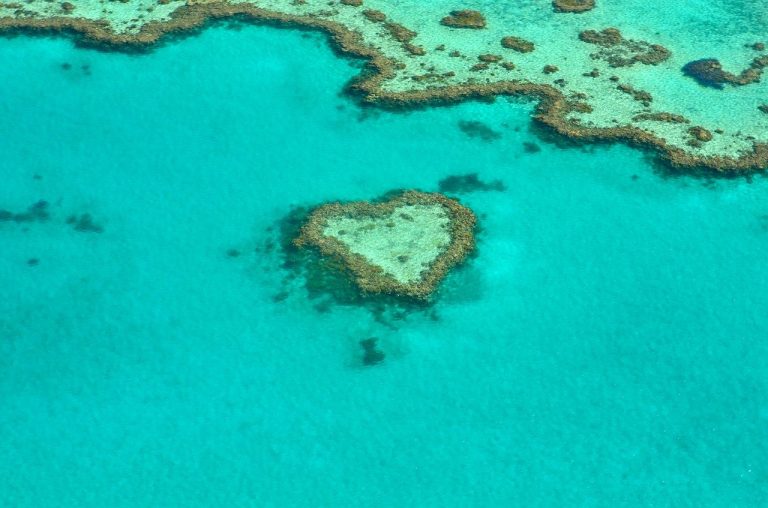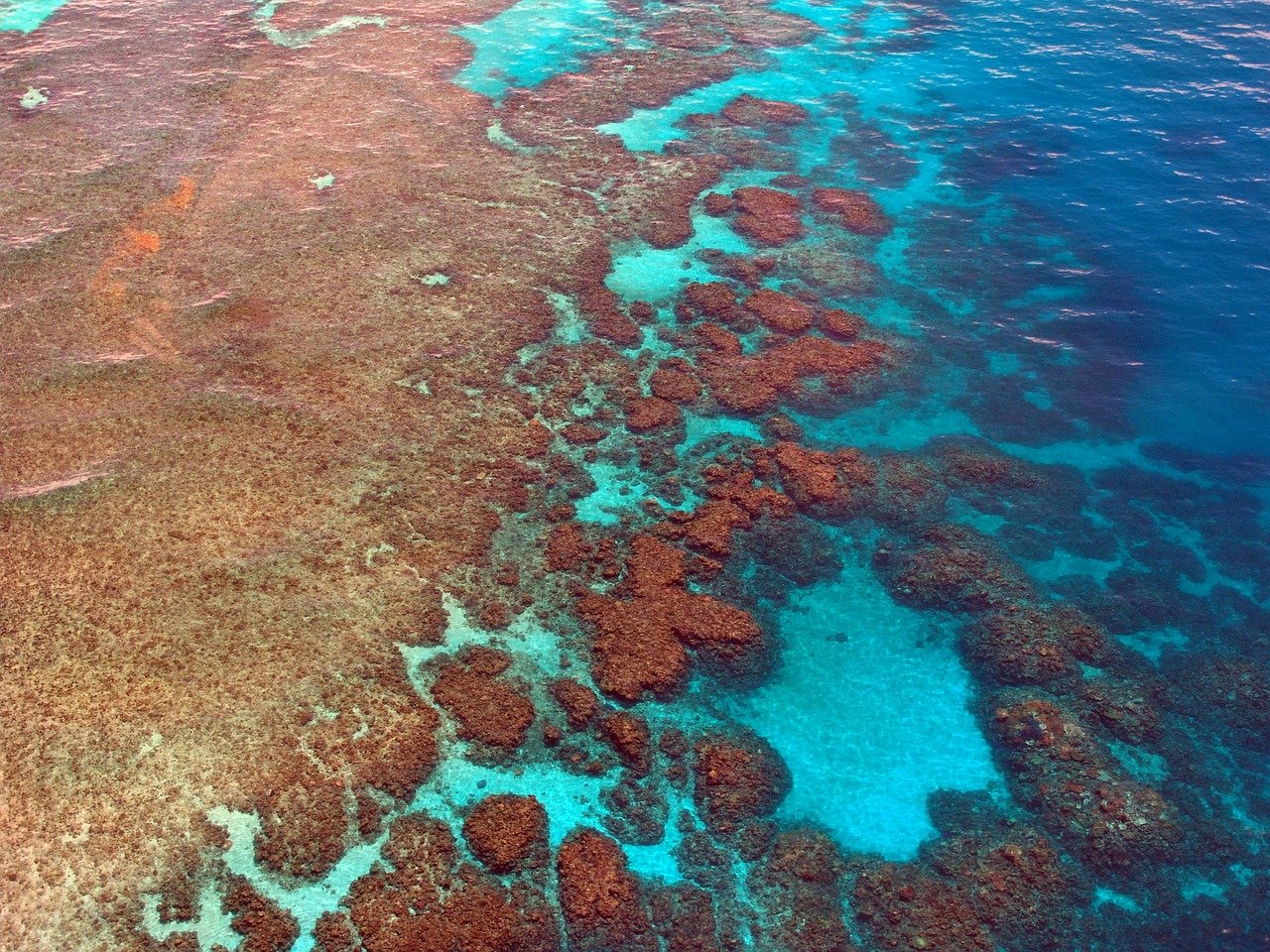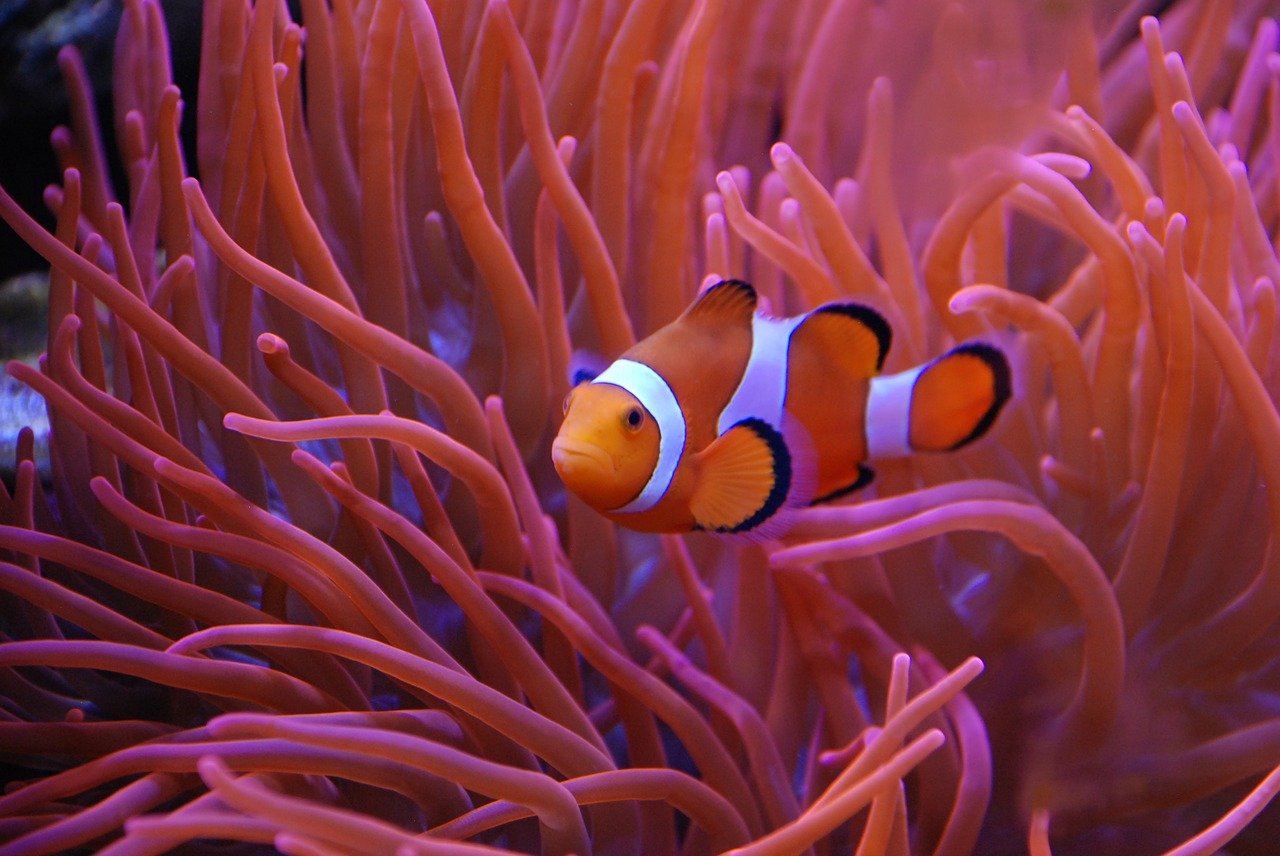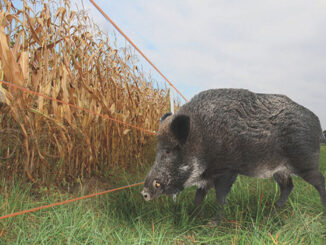Condie exposed the result by saying, “Unification of interventions may prevent the drop of the Great Barrier Reef by two decades or more.”

A study published about the Great Barrier reef in the peer-reviewed journal Royal Society Open Science. A journal said that the reef deals with intense pressure from climate change. Climate change makes marine faces heatwaves, flooding, and even more intense cyclones.
All of them could damage the reef’s health. That’s why the reef faces steep declines in the coral cover up the next five decades.
Intervention can sustain the Great Barrier Reef
Lead author Scott Condie mentioned to AFP that coral reefs are some of the most climate-vulnerable ecosystems on Earth.
He also added, “The model projections imply that coral cover on the Great Barrier Reef could drop below 10 per cent within 20 years.”
Then Australian scientists said on Thursday that using cloud brightening technology and also taking heat-tolerant corals can help decrease the climate decline triggered by the Great Barrier Reef climate change by up to 20 years.
the intervention process
This intervention will combine with strong global climate action and result in slowing the decline rate. Since 1955, The Great Barrier Reef experienced three mass coral bleaching effects in five years. It made the reef suffer half of its coral. Research also showed that it is also caused by ocean temperatures have risen.
Condie, a senior research scientist at the government’s science agency CSIRO and his co-authors’ created cloud brightening as the inherent impact of interventions. It was trialled by scientists last year on the reef.
The technology will send salt crystals into the air. So the cloud can reflect more sunlight to cool waters around the reef. Not only that but also they made expanded capacity to control the predatory crown-of-thorns starfish to leave the area. Those sea creatures consume all corals and proliferate when bleaching happens.

Condie exposed the result by saying, “Unification of interventions may prevent the drop of the Great Barrier Reef by two decades or more.”
He also mentioned there was clear urgency to act but the work scale needs much larger than coral reefs ever done. Then major financial investment and local communities need to accept it.
However, the models only required that the global temperatures will not grow more than 1.8 degrees Celsius by 2100. If so, the government should follow Paris climate agreement pledges. Australia’s government has lowered to “very poor” for the reef’s long-term risk.




